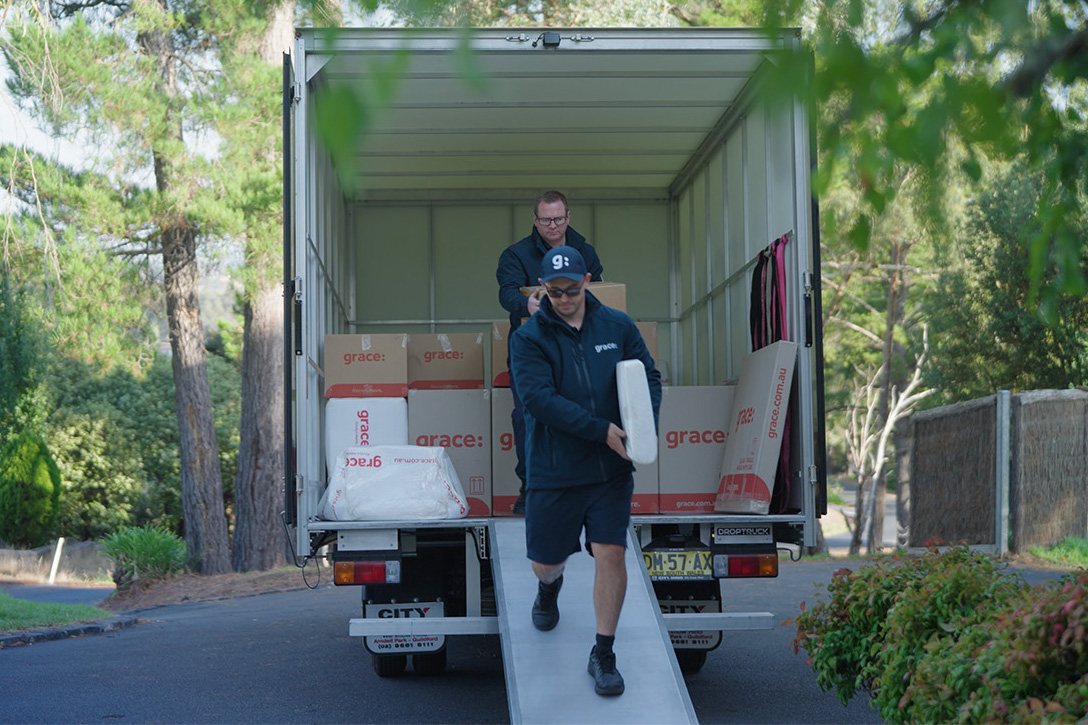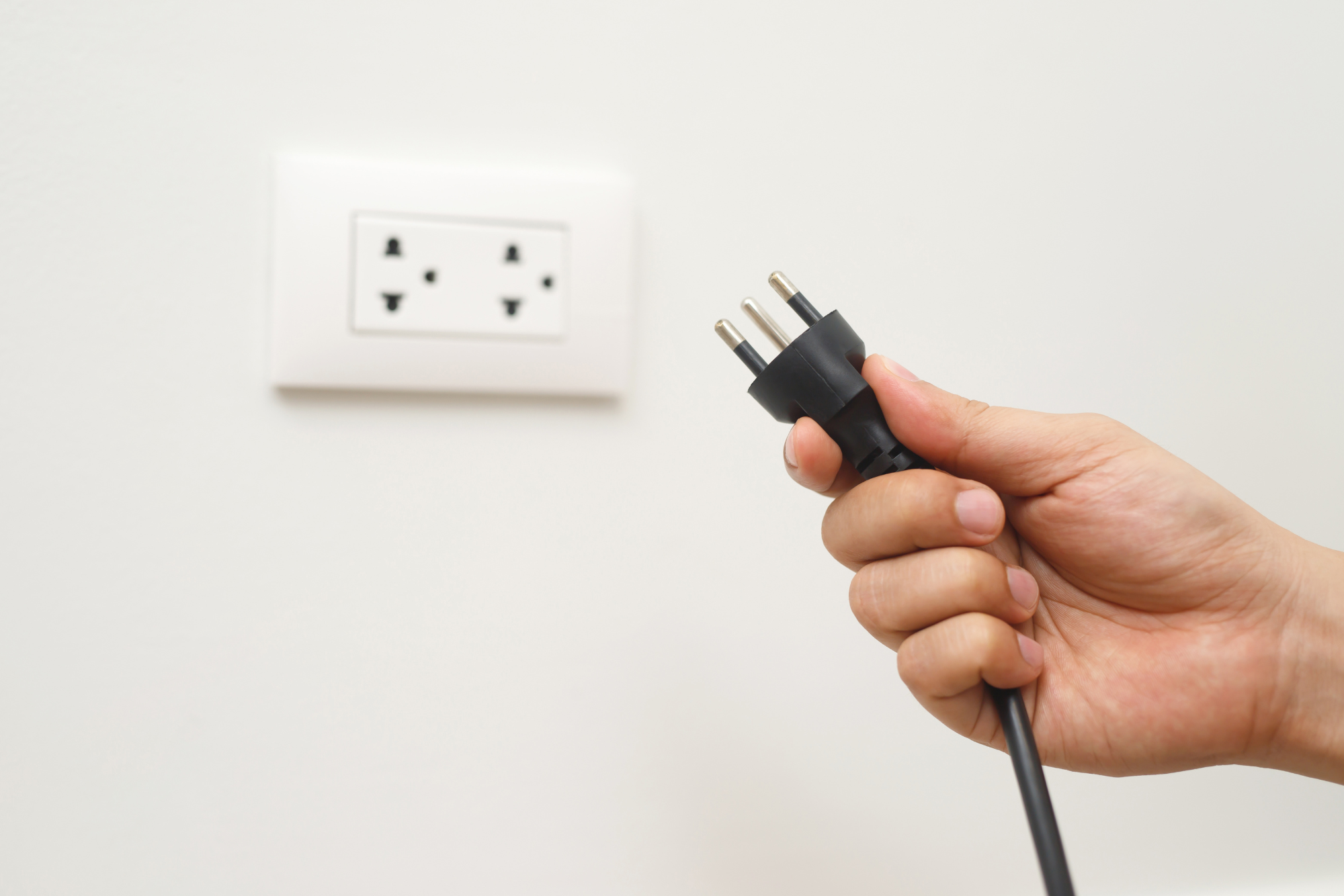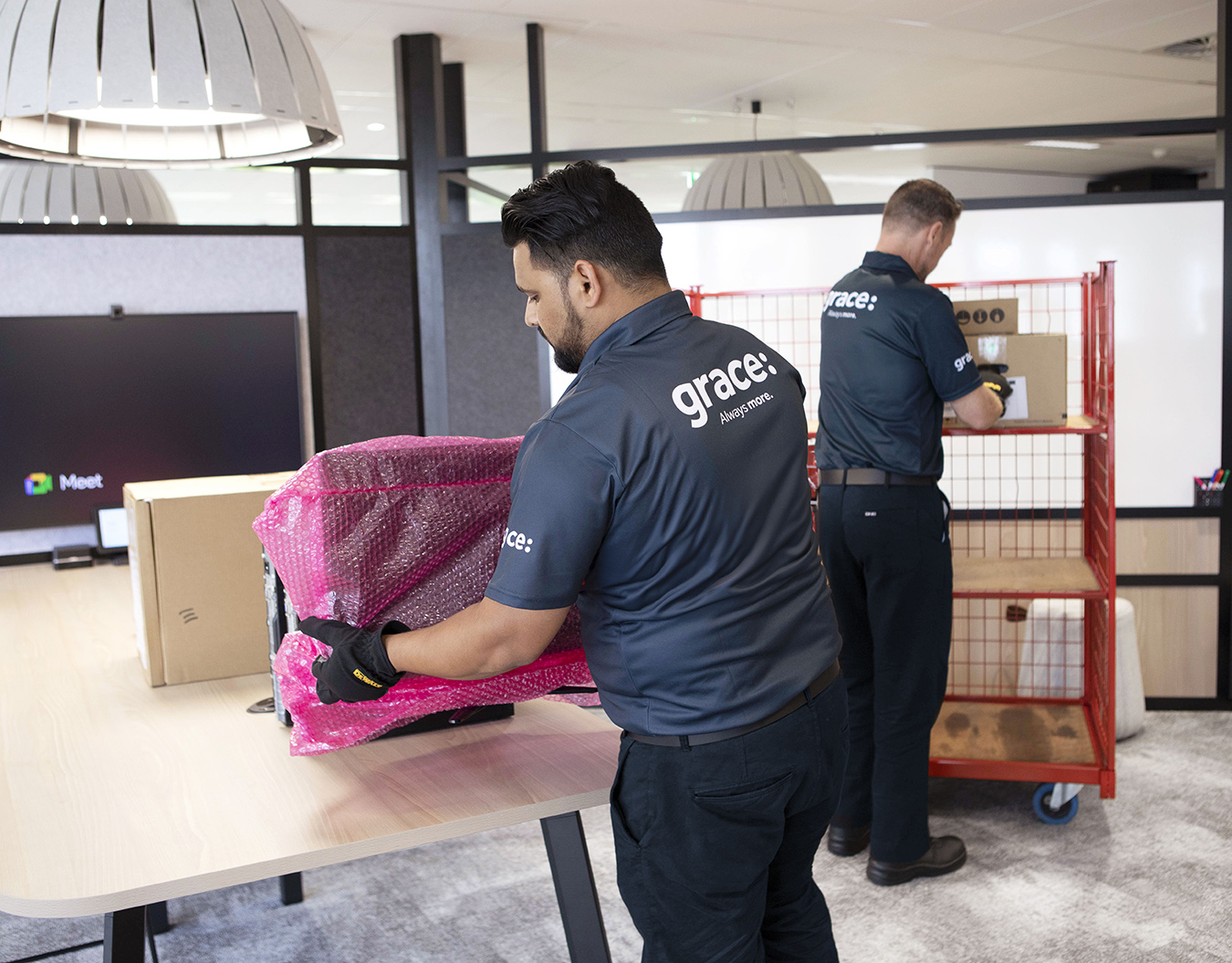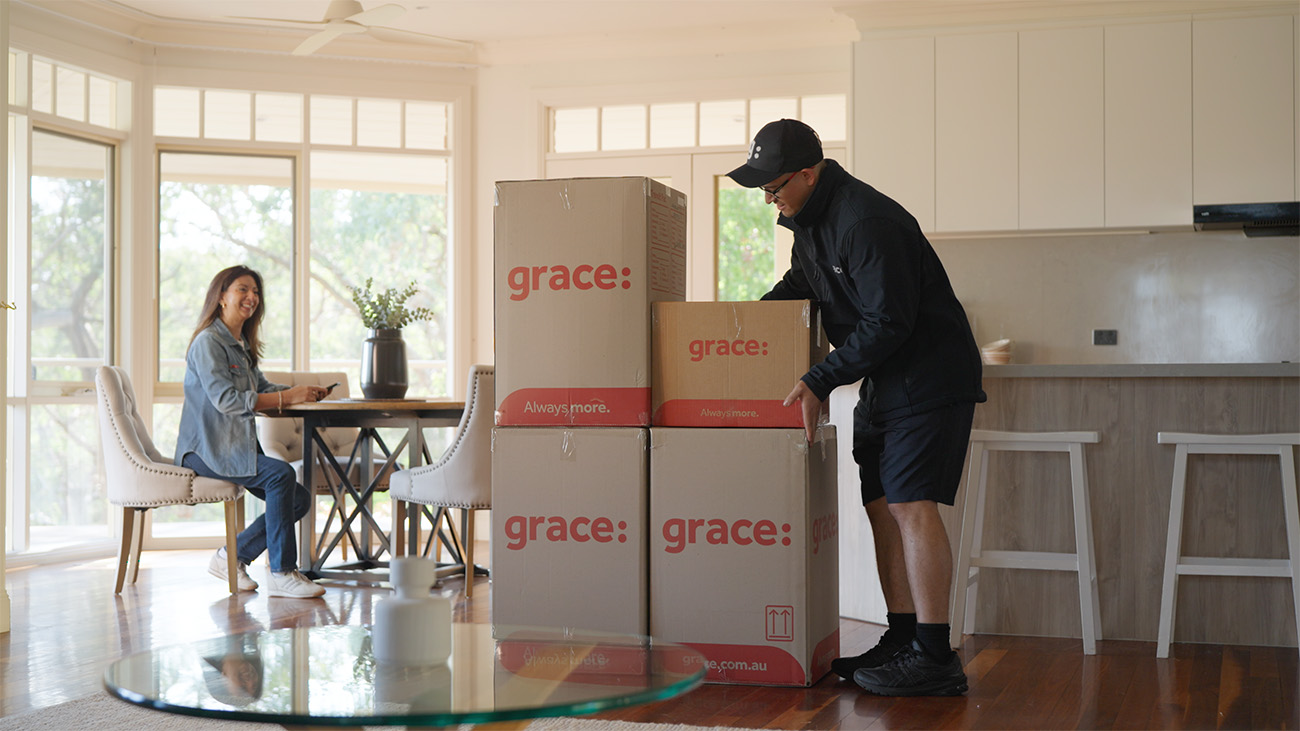Moving to a new home or office can be an exciting chapter. Yet, for many Australians, the excitement can quickly be dampened by the stress of keeping their furniture safe during the move. It’s no surprise that furniture damage is one of the most frequent concerns, considering statistics from the Australian Furniture Removers Association (AFRA). Around 20% of Australians report damage to items during relocation, with common casualties including tables, sofas, and bed frames.
The good news? With a bit of planning and the right help, you can avoid most of the drama. This step-by-step guide will give you the know-how to protect your furniture properly, so you can move with confidence and peace of mind.
Step 1 Take inventory and assess risk
Before you dive into packing, take a good look at what you’ll be moving. Some things – like antique pieces or anything a bit on the delicate side, might need a bit of extra TLC.
- Assess fragility, age, and value: Think about which pieces are most vulnerable to damage. For example, older wooden pieces may be more prone to scratches and dents.
- Document existing damage: Take photos of larger furniture items to note any pre-existing scratches, dents, or imperfections. These records will be invaluable if you need to claim on insurance.
- Create a checklist: Use a moving checklist to prioritise items that require additional attention or special packing materials.
Step 2 Gather the right packing materials
Good packing gear is your best mate when it comes to keeping your stuff safe. Here’s what you’ll want on hand for a smooth, damage-free move:
- Furniture blankets and pads: Perfect for adding a layer of cushioning to bigger furniture items.
- Stretch wrap and bubble wrap: Handy for keeping things snug and scratch-free.
- Corner guards: A top choice for protecting fragile bits like desks or glass tables.
- Heavy-duty boxes and crates: Great for extra protection when it comes to smaller or flat-packed pieces.
- Packing tape and straps: Ideal for holding everything together nice and tight while it’s on the move.
Go for sustainable materials where you can. Eco-friendly stretch wrap, recycled padding and biodegradable tape are all easy to get your hands on here in Australia.
Step 3 Disassemble where possible
Bulky furniture such as bed frames, desks, and dining tables will not only be easier to move if disassembled, but they’re also less likely to be damaged in the process.
- Disassemble carefully: Remove legs, shelves or any other bits that come off easily.
- Store screws and bolts safely: Pop the small parts into clearly labelled zip-lock bags and tape them to the matching furniture piece so nothing goes walkabout.
- Wrap individual parts: Use bubble wrap, furniture pads or blankets to give every piece a bit of extra protection.
Step 4 Wrap and pad each item properly
Using the right wrapping techniques can go a long way in keeping your furniture safe:
- Sofas: Cover the whole thing with moving blankets and secure it with stretch wrap.
- Wooden furniture: Never stick tape straight onto the surface – it can damage the finish. Always pop some padding on first.
- Mattresses: Use mattress protectors or proper covers to keep them clean and protected.
- Glass and mirrors: Cut sturdy cardboard a bit bigger than the glass, sandwich it with bubble wrap, and make sure it’s clearly marked as fragile.
Mistakes like insufficient padding or overwrapping (which can restrict airflow) are common, so take your time to wrap items securely but sensibly.
Step 5 Load with strategy
How you pack the moving truck makes a big difference when it comes to getting your furniture to the other end in one piece.
- Heavy items on the bottom: Start with sturdy, heavy pieces to create a stable foundation.
- Lighter items on top: Stack lighter, more delicate items on top of the heavy ones.
- Strap it all in: Prevent shifting in transit by securing items tightly.
- Label clearly: Follow AFRA’s guidelines to label items with terms like “This Side Up” or “Do Not Stack” where needed.
Step 6 Consider professional help
Packing and moving furniture is no small task. Bringing in professional removalists can take a load off your shoulders and give you real peace of mind.
- Expertise and equipment: Services like those from Grace Removals include custom wrapping, trained movers, and specialised packing materials.
- Protected moves: AFRA-accredited businesses like Grace provide added protection, ensuring your items are covered in case of damage.
- Time saved: Professional crews know how to handle even the most challenging furniture with ease.
Step 7 Protect your furniture during storage
Sometimes, moving doesn’t happen all at once, and temporary storage becomes necessary. Protect your furniture by adopting these storage best practices:
- Use climate-controlled warehouses: Prevent damage caused by temperature fluctuations or humidity.
- Elevate items: Place furniture on pallets to avoid exposure to dust or moisture.
- Opt for breathable covers: Avoid plastic wraps, as they trap moisture and cause mildew. Instead, choose cotton or fabric covers.
Need help protecting your furniture on moving day?
Whether you’re heading interstate or just around the corner, Grace has got you covered. With decades of experience, AFRA accreditation, and tailored solutions to suit every kind of move, we’ll help make sure your furniture arrives in top shape — from start to finish.




